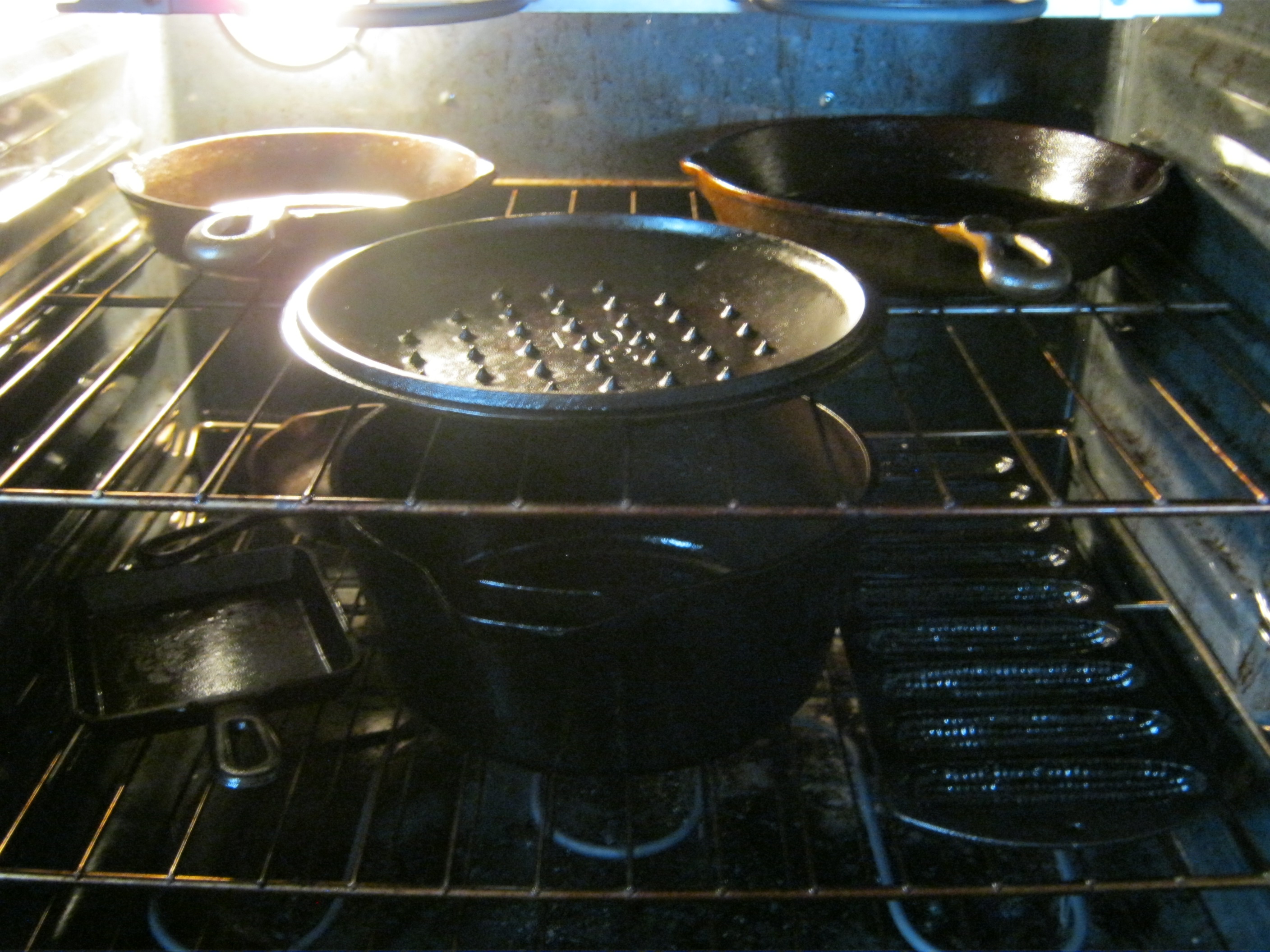Table of Contents
- Introduction to Emergency Food Storage
- Why Proper Food Storage Matters in 2025
- Assessing Your Familyâs Food Needs
- Selecting the Right Types of Emergency Food
- Creating a Storage Plan and Inventory
- Choosing the Best Storage Locations
- Maintaining Food Supply Freshness and Safety
- Leveraging Modern Technologies for Storage
- Understanding Shelf Life and Rotation
- Packaging Techniques to Maximize Longevity
- Water Storage for Emergency Situations
- Emergency Cooking Solutions
- Food Safety Tips During Storage
- Legal and Regulatory Considerations
- Budget-Friendly Storage Strategies
- Involving Family Members in Preparedness
- Training and Practice Drills
- Dealing with Food Allergies and Special Diets
- Eco-Friendly Storage Options
- Additional Resources and Support Networks
- Storing Emergency Food for Families: Summing Up
1. Introduction to Emergency Food Storage
Understanding the Importance
In 2025, being prepared for unforeseen emergencies remains crucial for families. Storing emergency food for families ensures that loved ones have access to nutritious meals during crises such as natural disasters, power outages, or economic disruptions. Proper planning today can make the difference between survival and hardship tomorrow.
Many families underestimate the importance of effective food storage. Research shows that in emergency scenarios, access to safe, reliable food sources significantly reduces stress and health risks. By starting now, families create a safety net that enhances resilience and peace of mind.
Having a well-stocked emergency supply also means being prepared for community-wide emergencies. Whether a major storm or a longer-term grid outage, your prepared food stock can support your family until help arrives or conditions stabilize.
2. Why Proper Food Storage Matters in 2025
Addressing Modern Challenges
With climate change leading to more frequent natural disasters and global uncertainties affecting supply chains, storing emergency food for families is more vital than ever in 2025. Proper storage techniques help extend the shelf life of foods, reduce waste, and protect against spoilage.
Advanced products and packaging innovations in 2025, such as oxygen-impermeable pouches and smart storage containers, contribute to safer and longer-lasting supplies. Staying informed about these technologies ensures your family remains well-prepared.
Moreover, regulatory changes and new safety standards emphasize the importance of secure storage practices, making it essential for families to adapt their strategies regularly. Proper storage not only preserves vital nutrients but also guarantees food safety during extended storage periods.
3. Assessing Your Familyâs Food Needs
Calculating Caloric and Dietary Requirements
Before stockpiling food, itâs important to assess your family’s specific needs. Consider factors such as the number of family members, age groups, and dietary restrictions. An average adult may require about 2,000 calories daily, but this can vary based on activity level and health conditions.
Get Whole Wheat Flour, Grains and Milling Supplies – CLICK HERE
Creating a detailed list of food preferences and allergies ensures that your stock includes suitable options. For instance, families with young children may need baby-specific formulas or allergen-free foods. Planning for a minimum of 72 hours to two weeks of supplies is a good starting point, but longer-term storage is ideal.
Use a spreadsheet or inventory app to track your needs, and revisit this assessment every six months to ensure your supplies remain adequate and up-to-date. This proactive approach helps prevent shortages during emergencies and ensures that everyone in your family remains healthy.
Frequently Asked Questions
1. How much emergency food should I store for my family in 2025?
A common recommendation is to store at least a two-week supply of non-perishable food for each family member. This includes about 1,800 to 2,000 calories daily per person. Adjust based on your familyâs specific needs, dietary restrictions, and potential emergency duration.
2. What are the best types of food for storing emergency food for families?
Long-lasting, nutritious foods like canned vegetables, dried grains, pasta, rice, dehydrated meals, and freeze-dried fruits are popular choices. Focus on foods with a long shelf life, ease of preparation, and balanced nutrients.
3. How can I ensure the safety of stored emergency food for families?
Proper packaging, maintaining a cool, dry, and dark storage environment, and rotating supplies regularly help preserve food safety. Use airtight containers and check expiration dates periodically to prevent spoilage and contamination.
4. Are there eco-friendly options for storing emergency food for families?
Yes, biodegradable storage containers, reusable food-grade bags, and bulk purchasing to reduce packaging waste are environmentally friendly choices. Prioritize sustainable practices without compromising safety and shelf life.
Conclusion
In 2025, storing emergency food for families is a critical component of disaster preparedness. By understanding the latest best practices, selecting appropriate foods, and maintaining your supplies methodically, you can ensure your loved ones remain safe and nourished during any crisis. Remember, proactive planning today provides peace of mind and resilience for tomorrow.
Related Content
Auto Amazon Links: No products found.







